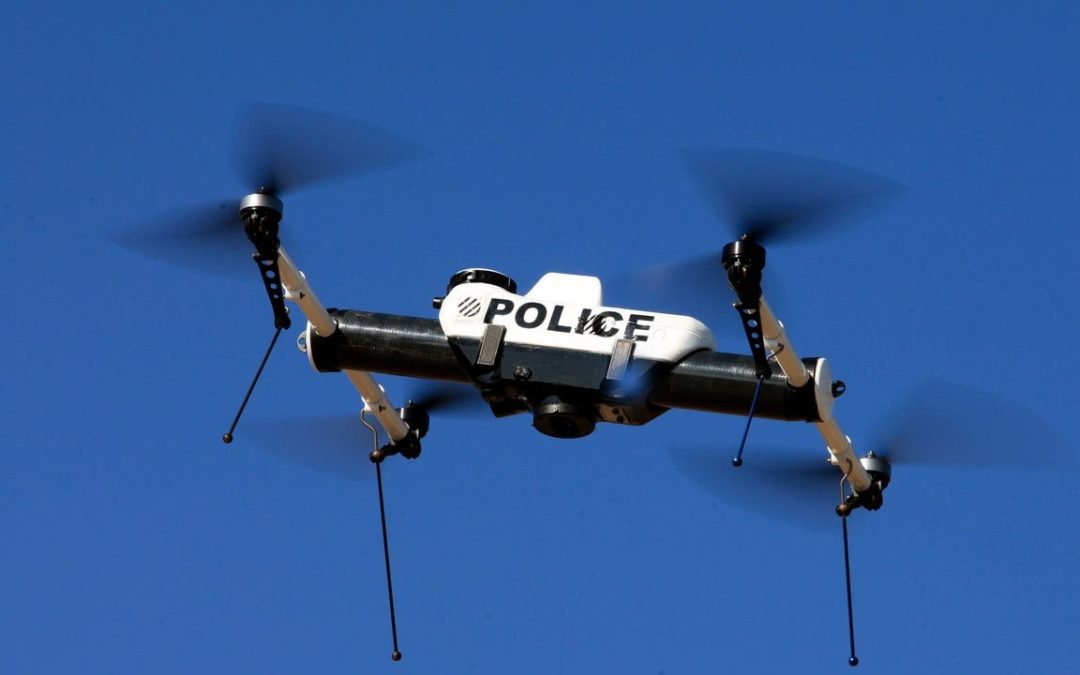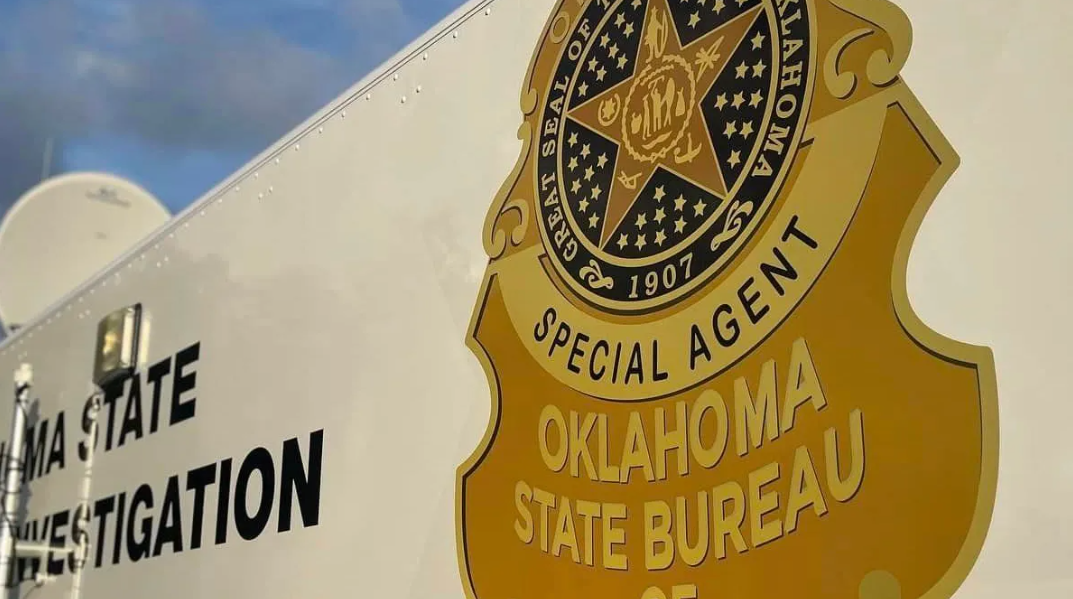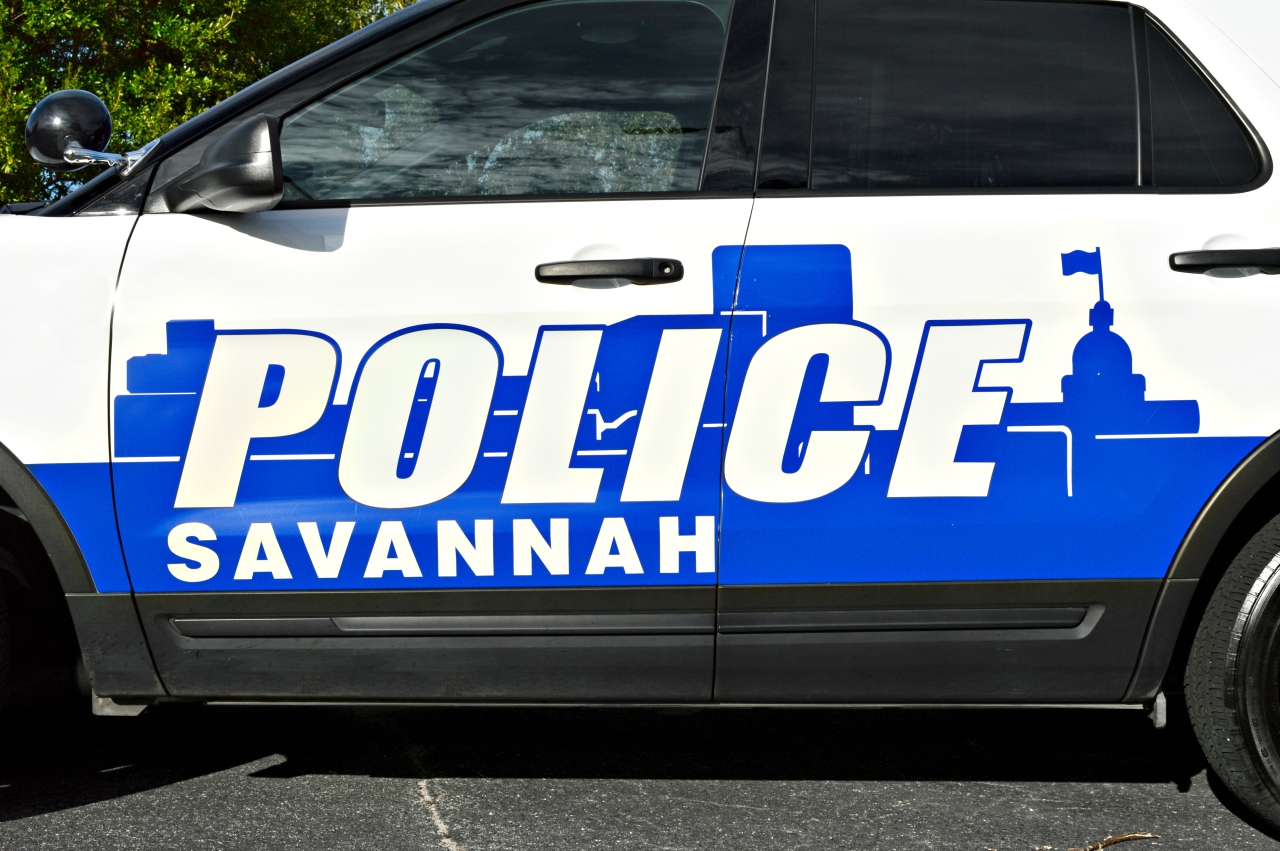The following is a digest of the National Institute of Justice National dated October 10, 2007, concerning the domestic Law Enforcement use of Unmanned Aircraft Systems.
Unmanned Aircraft Systems (UAS), also known as UAVs, is a rapidly emerging technology that has exceptional appeal to law enforcement. A UAS consists of an unmanned aircraft, an aircraft control station, and command and control links. UAS are considered as aircraft. These aircraft can often be flown autonomously and at great distances from the command station. In addition, these aircraft can be very small, under 25 lbs and still carry enough equipment to provide video downlink capabilities. The operation of a UAS by a public agency, whether it is Federal, State or Local Law Enforcement, is enforced by FAA regulations and Federal statutes.
With the increase in use of UAS by the military in overseas operations, there has been a significant increase in the number of vendors both producing and marketing these same units to law enforcement. Prior to purchasing or leasing a UAS please consider the following: For a public aircraft operation, the FAA holds the position that a Certificate of Authorization (COA) is required to operate UAS in the National Airspace.
The FAA has stated publicly that COAs would not be issued for use of a UAS over populated areas, such as may be defined by the yellow areas on aviation sectionals (aviation map). This includes most cities and densely populated areas; The FAA will consider issuing a COA for operations in unpopulated areas as long as the agency seeking the COA can demonstrate that the operation is safe, that sufficient risk mitigations are in place, and the operators have sufficient training (which includes a pilots license and medical certificate).
Any law enforcement agency operating a UAS will be required to establish their own airworthiness for the UAS. The airworthiness establishment is the responsibility of the agency and not the vendor. Remember, any agency applying for and receiving a COA assumes liability for the entire operation. While vendor information may be used in deeming an aircraft airworthy, it should not be the only information relied upon.
The operation of a UAS requires a FAA certificated pilot with a current class II medical certificate and an observer, who while not required to be a pilot, but must have a class II medical certificate. A vendor approaching a law enforcement agency offering to demonstrate a UAS to an agency must have an experimental airworthiness certificate issued by the FAA prior to the flight. A vendor cannot rely upon an agencies COA to fly the aircraft. COAs are only issued for aircraft that qualify as public aircraft.
The rules allowing the recreation use of model aircraft by hobbyist DO NOT allow law enforcement agencies to use a UAS without a COA. There are currently no comprehensive studies that confirm the safety records or vendor published data regarding the use of UASs. Problems identified by the militarys evaluation of UAS have included radio interference, unexplained control loss, and the durability of the units for repeat flight operations. Department of Defense UAS Program Managers expressed at a recent FAA meeting on UAS, that they rarely get 10 or more missions accomplished with one UAS unit due to crashes.
It is not anticipated that the FAA will amend their position on the operations of UAS before the year 2010. However, there are 2 key activities taking place that will push the airspace access issue forward. The first is that the FAA has agreed to conduct 2 test projects with major metropolitan police departments. One is Miami/Dade, and the other is the City of Houston. Each of these will provide valuable insight into the difficulties that may exist in operating UAS in urban environments.
The other activity is the creation of new regulation for small UAS to fly in the airspace. This recent development is just starting and will be the genesis for getting small UAS flying in a majority of the US without a COA. Rulemaking can take time, however, so stick with the COA process for the next year or two. What is the U.S. Department of Justices doing on this issue? Through Office of Justice Programs National Institute of Justice (NIJ) and its Aviation Technology Program, law enforcement will have the chance to voice their opinions regarding the use of UAS in the national airspace. NIJ is working with the FAA on rules and regulations regarding the use of UAS by law enforcement that both enhance the mission of public safety and provide for the safety of other aircraft in the national airspace and those on the ground.
NIJ is planning a forum on the use of UAS by law enforcement with FAA participation during the winter of 2007-2008. NIJ invites interested law enforcement agencies to participate in this process. For more information on UAS operations please feel free to contact Michael OShea, Aviation Technology Program Manager, at Michael.OShea@usdoj.gov or Timothy Adelman Esq., the Border Research Technology Center Aviation Project Manager, at Tim@txsheriffs.org or Joe Peters, Border Research Technology Center Director at Joe@txsheriffs.org
The Office of Justice Programs provides federal leadership in developing the nations capacity to prevent and control crime, administer justice, and assist victims. OJP has five component bureaus: the Bureau of Justice Assistance; the Bureau of Justice Statistics; the National Institute of Justice; the Office of Juvenile Justice and Delinquency Prevention; and the Office for Victims of Crime. Additionally, OJP has two program offices: the Community Capacity Development Office, which incorporates the Weed and Seed strategy, and the Sex Offender Sentencing, Monitoring, Apprehending, Registering and Tracking Office (SMART). More information can be found at http://www.ojp.usdoj.gov.











